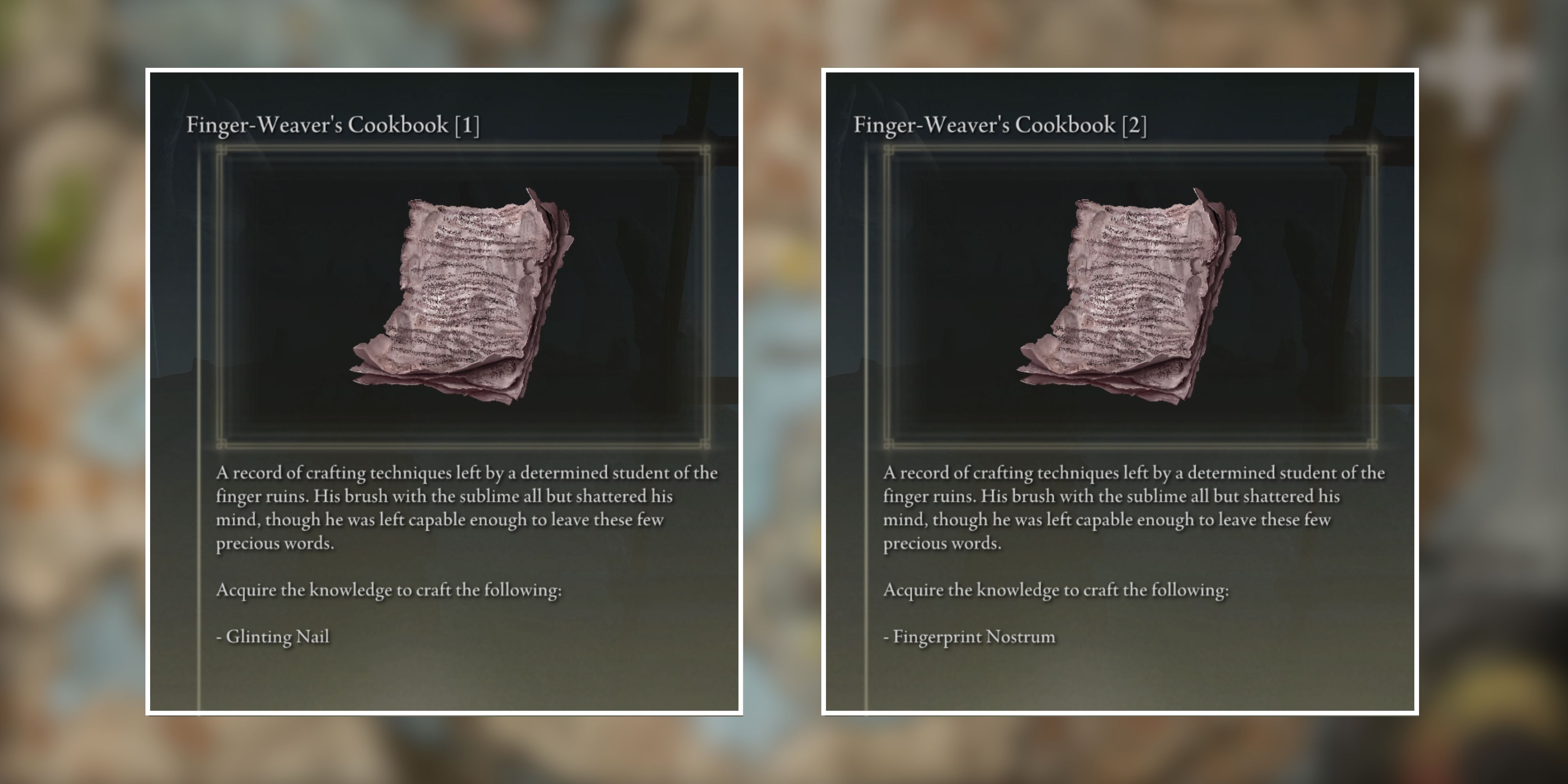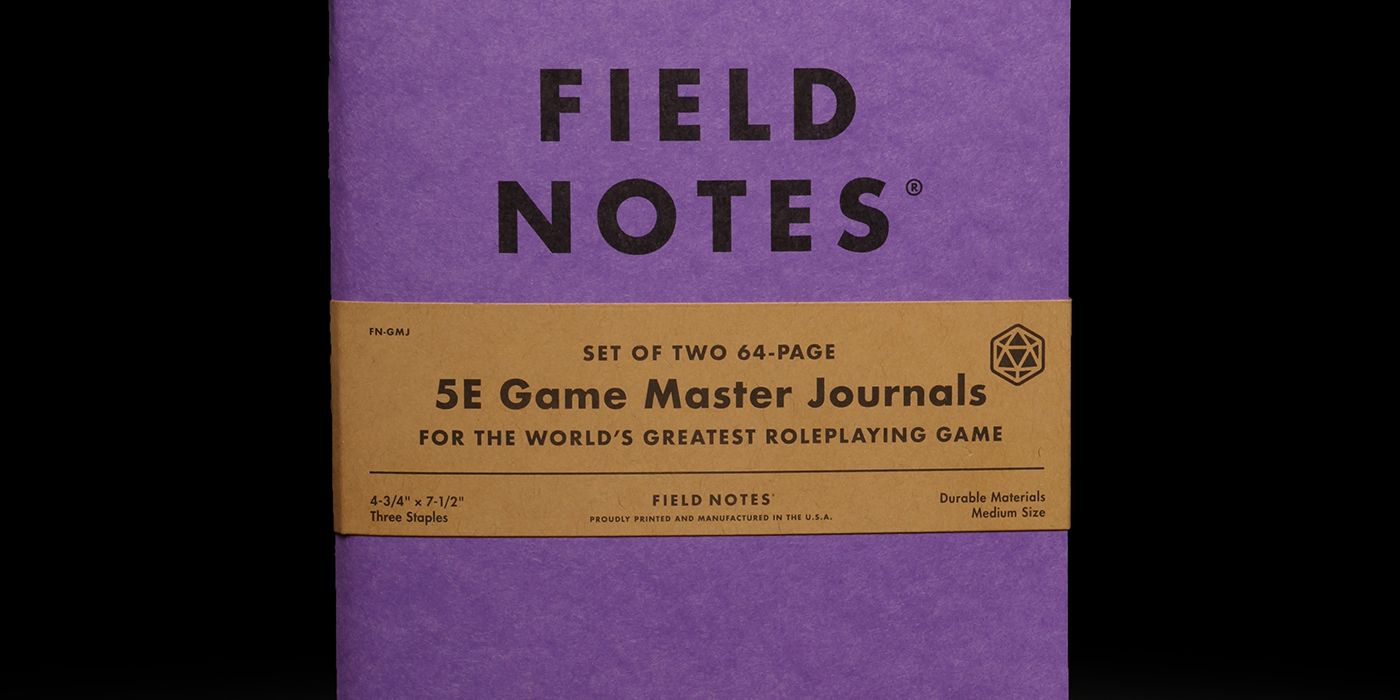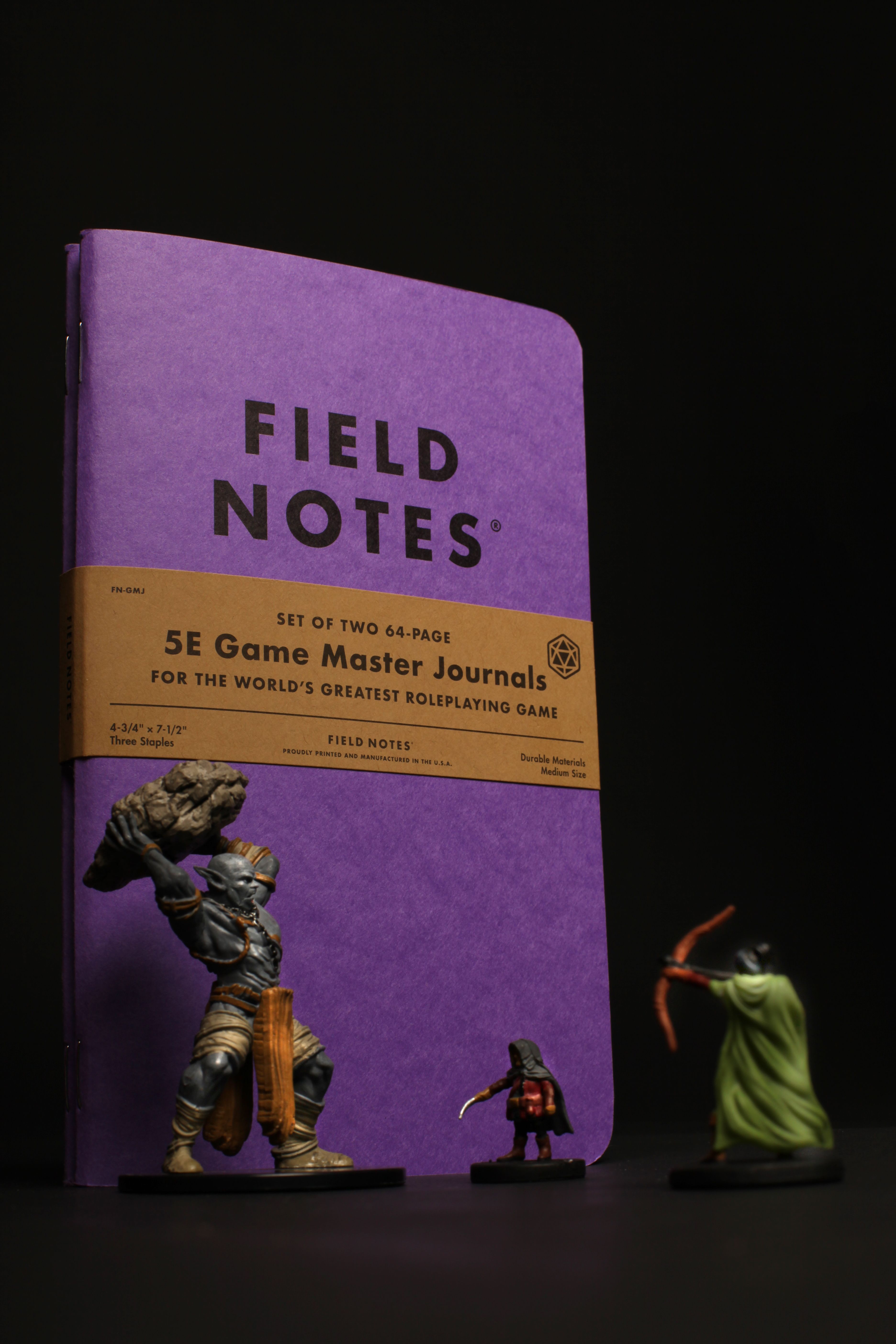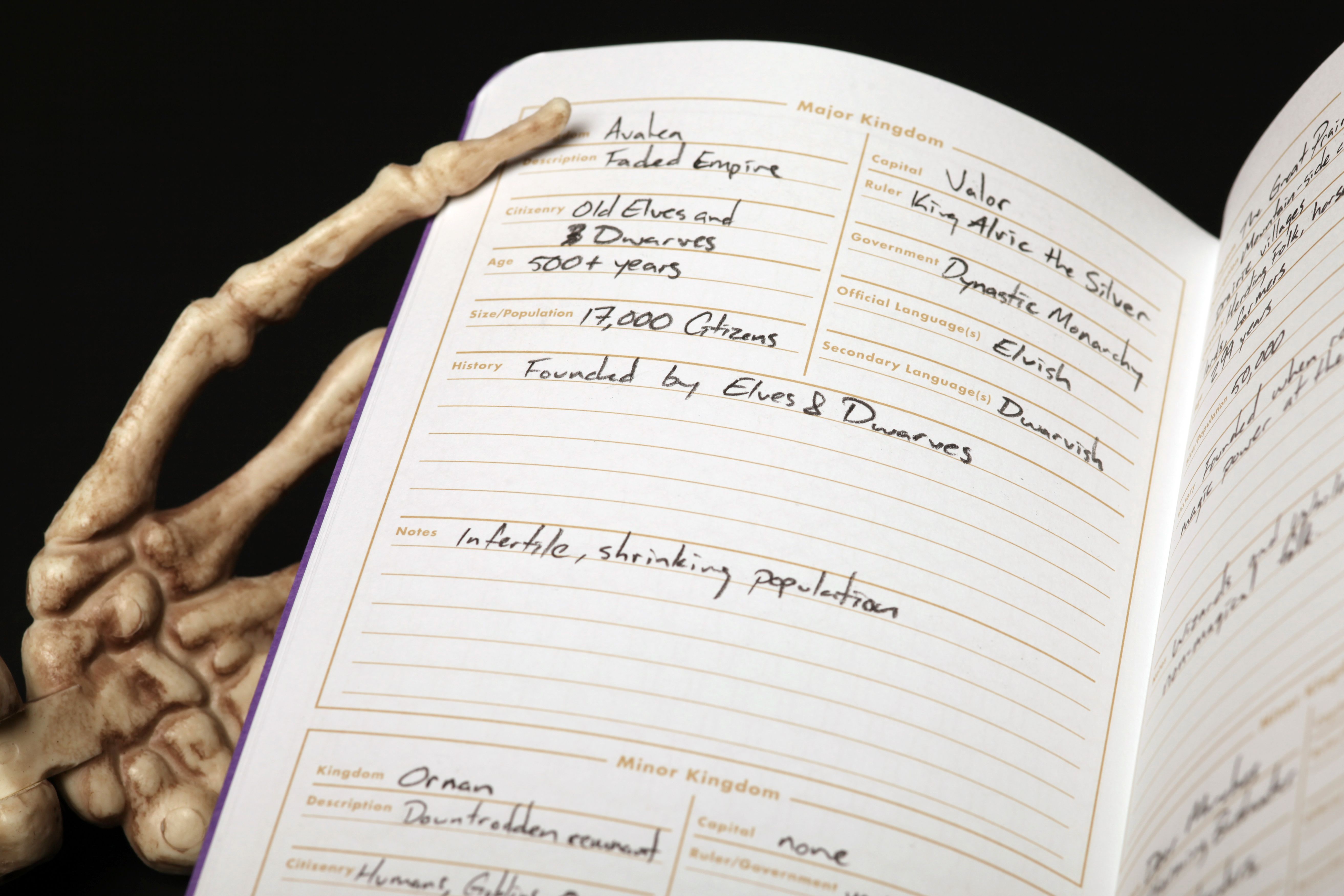When it comes to running a Dungeons and Dragons campaign, whether it's homebrew or a printed adventure like Icewind Dale: Rime of the Frostmaiden, dungeon master's have a ton of information to keep organized. Making sure games run smoothly and helping everyone at the game have a great time is a lot easier when DMs are organized and have quick access to their most important notes. With that in mind, Field Notes aims to offer a streamlined and organized note-taking tool to DMs with the Field Notes 5e Game Master Journal.
Every dungeon master has their own style or preparing for a new campaign and there is no right or wrong way to prepare for a new adventure in Dungeons and Dragons (or any other tabletop RPG for that matter). That said, there are some common high-level prep work tasks that every DM should take the time to consider and plan out before sitting down for session one. Usually these ideas would fill up a blank notebook or Word document, but the 5e Game Master Journal attempts to take some work off of the DM's shoulders by providing an organized and structured journal with sections for everything from Player Character information to the campaign's Pantheon to some grid pages for map creation.
One of the biggest strengths of the Field Notes GM Journal is how well it follows along with the basic flow of the 5e Dungeon Master's Guide's chapter on running a campaign. There are sections to jot down notes on just about everything the DMG recommends DM's consider as they start to launch a new campaign like inspiration, core assumptions, and all of the nitty gritty features about key NPCs and locations.
To break it down a bit further, here are all of the sections in the DM Journal. Inside each Game Master Journal you’ll find empty charts, tables, hex grids, and spaces for logging the following campaign information:
Campaign Name / Players
Inspirations
House Rules
World Overview / Principles
Core Assumptions / Genres
Multiverse
Major Pantheon / Minor Pantheon
Calendar
Maps / Kingdoms / Settlements / Locations
Key NPCs / Secondary NPCs
Player Characters
Major Factions / Minor Factions
Key Monsters
Key Magic Items
Artifacts
Downtime Activities Underway
Milestone / XP Awards
Adventures
Random Tables
"A good GM deserves a journal worthy of the tales they spin. Whether creating a magnum opus for a years-long campaign, or setting the scene for a series of smaller adventures, our Game Master Journal has you covered.
This Game Master Journal is the perfect companion for the big-picture world-building that so many GMs strive for. Whether using official sourcebooks or homebrewing your own lands for your party to explore, the Game Master Journal is a book no GM should be without."
The journal itself is considered Medium Sized by Field Notes standards and measures 4¾" × 7.5" with 65 pages. That makes it a comfortable size to write it, but still small enough to be easily carried around while writing or gaming on the go. The journal really does feel like a perfect place to start getting notes and core ideas down about a campaign. Especially for DMs who prefer an analog approach and don't want to write everything on a computer or their phone.
As far as tracking progress throughout a campaign with the journal, that could be a challenge depending on how long and complex the adventure is. Many DM's may want to pick up a two-pack so that their notes can spill into a second journal if they plan to have more than two key cities involved in the campaign and a long list of NPCs enemies, and loot. The journal is really a great place for key important information, but DMs may still need another journal for more detailed notes and thoughts as this one starts to fill up quickly.
Luckily, most average DnD campaigns aren't quite as long and complicated as what Critical Role fans may be used to from watching the adventures in Exandria. DMs who plan to have geography as sprawling as Wildemount and as many key NPCs as Critical Role will definitely want to invest in a couple of extra journal to keep all of those notes straight and organized.
Overall, the Field Notes 5 Game Master Journal is really a fantastic planning tool for DM's who are preparing a new campaign. It may be put to best use by players who enjoy homebrewing, since a lot of the core information for printed campaigns can already be found in the official DnD books. That said, the sections to track player information and session summaries could still be very useful.
The journal also includes a handful of random tables that add some extra inspiration for DM's as they plan their campaign or need a quick roll to spice things up. In comparison to the tables found in Xanathar's Guide or the DMG these are obviously very limited, but it's nice to have them handy as a quick tool that doesn't require flipping through another book in the midst of a writing or playing session. As 5e is around longer and longer and additional DM and player resources are added, like the upcoming Tasha's Cauldron book, there should really be no shortage of random table inspiration for DM's to turn to.
In terms of using the notebook for other game systems, there is no reason this journal couldn't be used for planning a Pathfinder, Call of Cthulhu, or other tabletop RPG campaign; but it is definitely optimized for 5e Dungeons and Dragons and there will be some sections that don't port over as cleanly as others. For the best experience with the notebook, it would be recommended to use it for a 5e campaign first to get a feel for how it was intended to be used.
The new Field Notes 5e Gaming Journals are available now.






